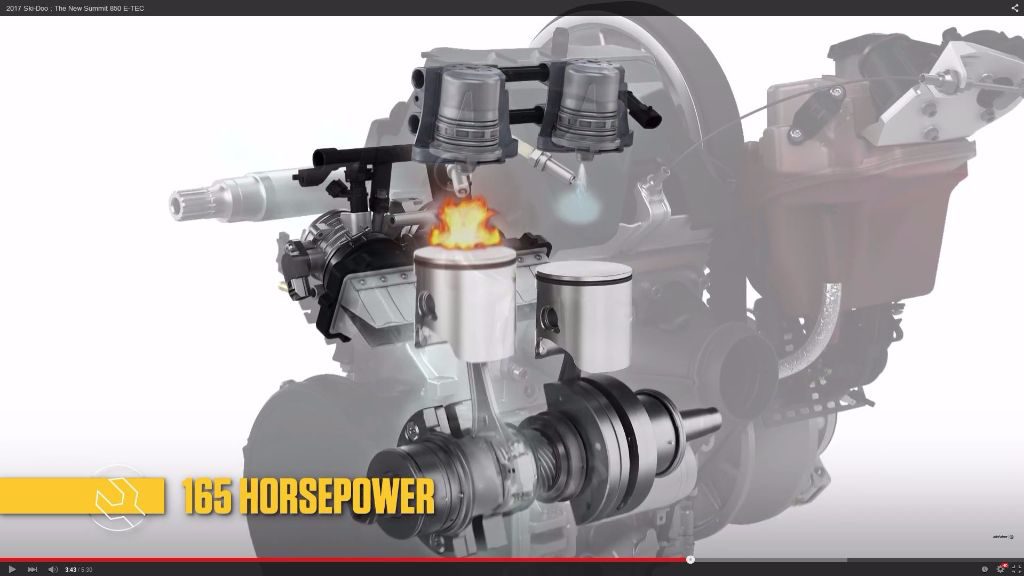The problem I would worry about is hotspots on the piston crown causing detonation since - as Tommy Cookers pointed out - the thermal conductivity is so much worse than aluminium alloys. In these extra-lean burning conditions already prone to detonation, I wouldn't want such hotspots.wuzak wrote: ↑30 Aug 2017, 14:02I don't agree. I think the steel piston will cope with higher temperatures, needing less cooling.factory_p wrote: ↑30 Aug 2017, 12:15As for 3D-printing, I'd assume one of the strong points is the capacity to create cooling channels in the piston where the jets squirt some oil, without the need of some friction welding or the use of a circlip to close these channels. That means creating cooling channels without creating a weak point in your structure. But that's easier said than done, so hats off Ferrari if they got it reliable.
So then they will try to keep as much heat in the combustion chamber as possible, so the 3d printing may make a framework under the crown which holds a lot of air pockets and thus provides insulation.
As for keeping heat in the chamber, you are going in the direction of the long fantasized adiabatic engines... Unfortunately it hasn't been proved really successful yet.




 3
3